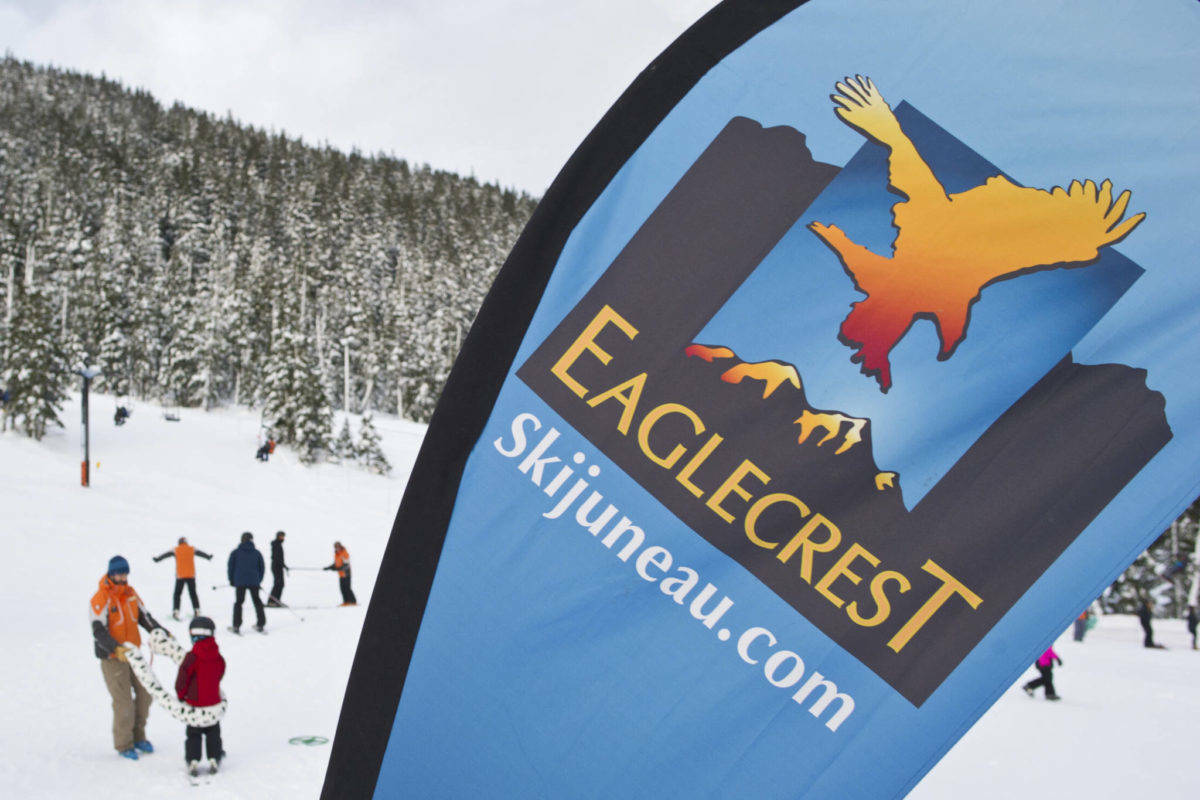Recently, a rare opportunity has arisen for Eaglecrest to purchase a used fixed-grip pulse gondola. I believe the gondola would be an enduring communitywide asset that also solves the ski area’s financial issues, most notably imminent high-priced capital improvement projects, like replacing chairlifts, as well as institutional knowledge loss due to inadequate wages. I think everyone can agree the ski area has an uncertain future until these issues are addressed.
One solution would be for the city to support Eaglecrest to the same financial degree as other departments. As a former employee, the wage disparity is alarming at best. Approving a FY23 budget with equitable pay for Eaglecrest employees is overdue and should not be financially insurmountable for Alaska’s capital city. However, replacing aging infrastructure is a more complex financial puzzle. A new four-person, fixed-grip Ptarmigan chairlift would likely cost $4 million. A new Hooter chairlift would be another few million dollars. The laundry list of chairlift and non-chairlift needs dwarfs the sum total of Eaglecrest’s Capital Improvement Program funding for the next few decades. These are very big numbers for assets that still only generate revenue less than five months a year.
From a financial standpoint, the best option would be investing in infrastructure, such as a pulse gondola, that generates year-round revenue and becomes a funding mechanism for Eaglecrest’s CIP and eventual chairlift replacements. Experts agree that ski areas across the world would line up to trade places with Eaglecrest, which will be a short bus ride away from 1.5 million cruise visitors this summer. Independent travelers are another, more preferable, visitor category because they spend more, stay longer and have more adventurous itineraries. Now that tourism is returning to pre-pandemic levels, Eaglecrest is an existing facility that’s extremely well-positioned to relieve congestion while offering direct and indirect economic benefits for Juneau.
The proposed gondola and summer operations at Eaglecrest would be concentrated on the west side of the ski area boundary, which is largely unused in the summer. The predominant area of local summer use would be preserved and noncommercial. Eaglecrest already has concessionaire agreements with tour operators like Cycle Alaska, Coach Tours, Alaska Zipline, Segway Tours, among others. A gondola would facilitate even more private partnerships and revenue-generating opportunities. A modest, non-invasive increase in visitation would make a game-changing impact for the ski area’s financial sustainability.
From a community standpoint, an Eaglecrest gondola aligns with virtually all criteria of Alaska’s Statewide Comprehensive Outdoor Recreation Plan. It would uplift (pun intended) the whole community, not just tourists and not just locals who are financially and physically fit enough to play in the mountains. A gondola is ADA friendly with cabin enclosures protecting from the elements, a requirement for summer operations in our climate. For a user fee, the gondola can transport goods, services and just about anybody to a one-of-a-kind high-alpine experience with panoramic ocean views and breathtaking beauty.
A future Eaglecrest with summer operations, expanded winter operations, and healthy revenue is one that can provide more community programming, financial assistance, access, and recreation opportunities for locals. This isn’t a new sentiment. It’s been the mission and vision statements recorded in Eaglecrest Master Plans since the 1980s. The possibilities are endless: more trails, lift-served biking, cabins, summer camps, determent programs, and other attractions and activities made possible by the gondola infrastructure. Not to mention all the winter benefits for guests, including non-skiers/snowboarders.
Although most would agree that more people experiencing the outdoors is a good thing, a vocal minority is opposing the gondola and/or summer operations. These people aren’t the typical Eaglecrest critics that don’t want public funding going to nonessential services. Those typical critics see and appreciate the logic in creating a financially independent Eaglecrest with more access for non-skiers/snowboarders.
Surprisingly, or perhaps unsurprisingly, the opposition appears to be coming from a small subset of Eaglecrest users. A group that seems to be turning blind eyes and deaf ears to the ski area’s problems, protecting what they interpret as “their mountain” rather than the community’s, or perhaps they’re simply unable to accept change. This brand of territorial mindset is common across all forms of outdoor recreation where people don’t want to share their turf. However, as a community ski area with aging infrastructure and chronic staffing issues, we do not have the luxury of being selfish and exclusive. We have to be forward thinking and progressive.
When you hear viewpoints against the gondola and summer operations at Eaglecrest, ask yourself if the arguments support the community or self interest? Do they support a sustainable and inclusive Eaglecrest or the status quo scenario, rusting away?
As someone who promoted the ski area for four years, I believe all sides can have their cake and eat it too. Yes, sensible expansion at Eaglecrest may attract some winter travelers, but Juneau is still a roadless, remote community, which makes it well insulated from Lower 48 crowds and lift line hysteria. The biggest user group at Eaglecrest has been and will always be locals. I say the more the merrier!
This gondola is an incredible opportunity. Let’s seize it before another mountain does and we end up kicking ourselves for years on the waiting list.
• Charlie Herrington is the former Marketing Manager for Eaglecrest Ski Area. Herrington resides in Juneau and believes Eaglecrest is the center of the universe.

